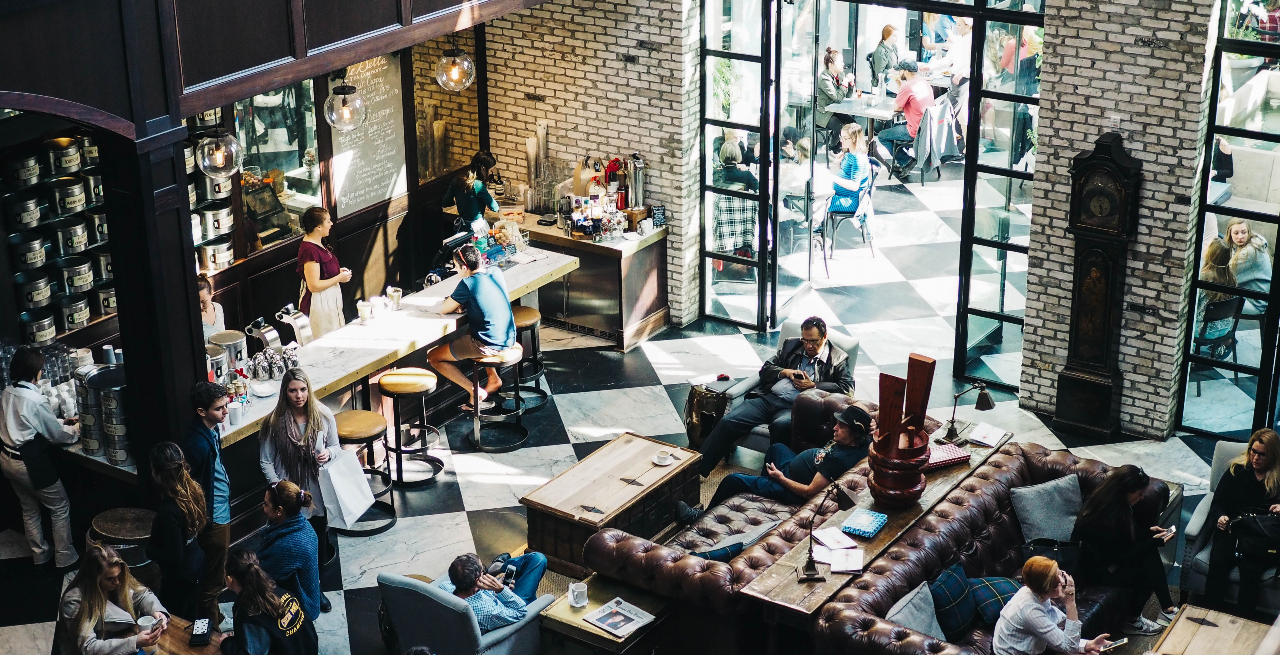MRM EXCLUSIVE: Restaurants Going Digital Require Technology That Always Works
3 Min Read By Lisa Avvocato
What’s new on the menu for today’s innovative restaurants? Internet of Things (IoT) technology. Thanks to the labor shortage and increased profit pressure, savvy restaurants are going digital to provide the best customer experience and to keep up with the hefty competition. What’s keeping restaurants humming: mobile point-of-sale (POS) units, ordering terminals, tabletop tablets, and tablets for the waitstaff. The challenge is all this new technology needs support to keep everything working seamlessly across the front and back of the house, the internet, and for behind-the-scenes management.
Savvy restaurateurs are looking at technological innovations not as a side dish, but as one of the main ingredients in a restaurant’s direct relationship with its customers. Peter Pane, a hamburger franchise with 46 locations across Austria and Germany, is investing in technology to run the business and deliver top-notch customer service. This includes integrating point-of-sale terminals, fixed and mobile POS devices, and tabletop tablets for easy ordering and paying. To ensure that its technology is always working, Paniceus Systems, Peter Pane’s parent company, turned to our remote IT support software to ensure its day-to-day operations, its technology infrastructure — and its 1,700 employees —run smoothly without a hitch.
For the restaurant business, the pandemic changed everything, including raising the bar for what consumers expect in terms of choice and convenience. Restaurants continue to face increased competition, needing to make delicious food on-demand and quickly, with minimal wait times. Customers’ increased demands have required the restaurant industry to innovate and adapt to provide efficient food delivery, cater to a variety of dietary restrictions, streamline ordering, and accept contactless options for payment.
Consider this: if you’re the customer at a restaurant and it takes your server 20 minutes just to take your drink order; that’s going to make you grumpy. A mobile ordering system serves more people faster and keeps them happy, not hangry. In addition to improving the customer experience, it allows everything to run more efficiently, increases table turnover, and increases the bottom line.
Today’s Special: Augmented Reality
Keeping systems working optimally and consistently is a must. If they go down, it’s critical to get them back online ASAP. To do this, restaurants are embracing a new way to support their technology by employing augmented reality and remote technical support.
For its Peter Pane locations, “using augmented reality allows us to handle tech support issues remotely, securely, and efficiently — helping to increase overall customer experience,” said Björn Runge, head of IT at Paniceus Systems.
Because it is often cost prohibitive to have a dedicated IT person onsite at every location — especially when expenses typically go toward food and labor, lease or rent payments, marketing, utilities, and equipment — restaurants can turn to remote IT support and AR to help solve technical support issues, such as quickly diagnosing that a cable has been knocked loose or troubleshooting a device that can’t connect to the internet — that’s preventing orders (and payments) from coming in.
Technical issues that are addressed in real time, using remote IT support and AR, help restaurant management with efficiencies and cost savings. The shortage of skilled IT labor, and restaurants already running short-staffed (and on shoestring budgets), means that the impact of downtime is huge, potentially prompting negative Yelp reviews and turning customers to your competitors.
Is Your Refrigerator Running?
A well-run, busy restaurant can’t function without a refrigerator, nor can it function if key technology systems — like POS or music systems — stop working. For any restaurant, the winning recipe is clear: delicious food, creating seamless customer experiences, and ensuring technologies are always working.
With tables turning, orders being processed, pick-up service and meals delivered, and contactless payments, we are living (and eating) in a different restaurant world, one that demands uptime, positive reviews, and a sprinkle of innovation.
And just over the horizon, automatic predictive ordering that knows what customers want and gets food ready before the customer even has a chance to sit down. Now that’s taking the business to a whole new place.


